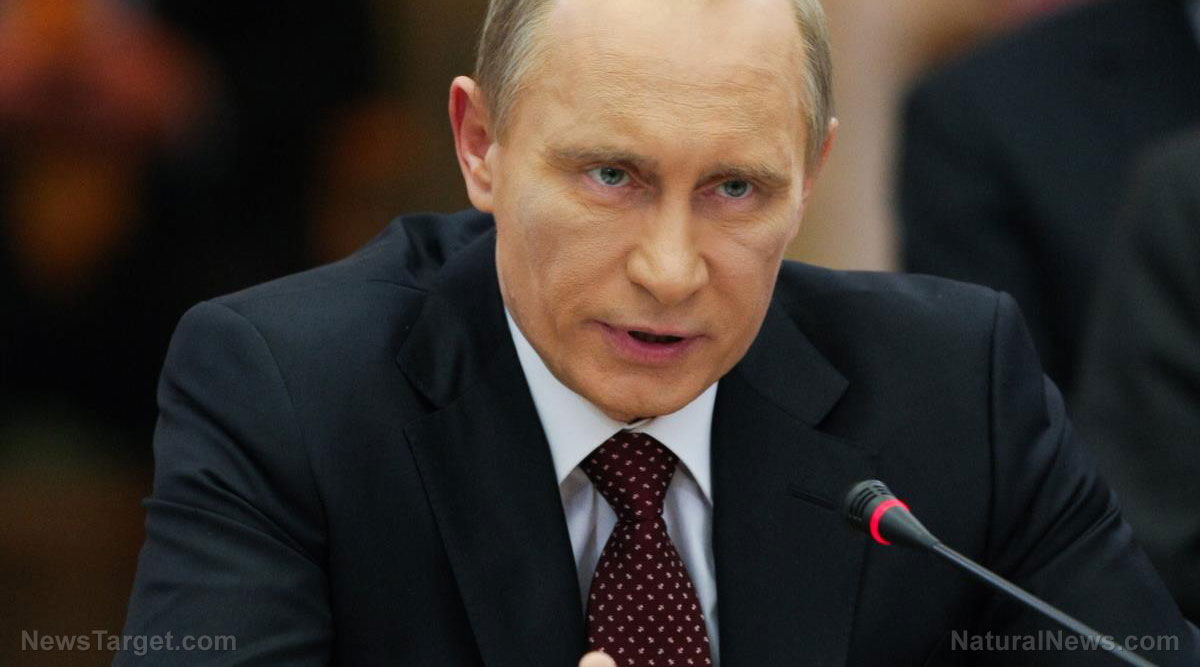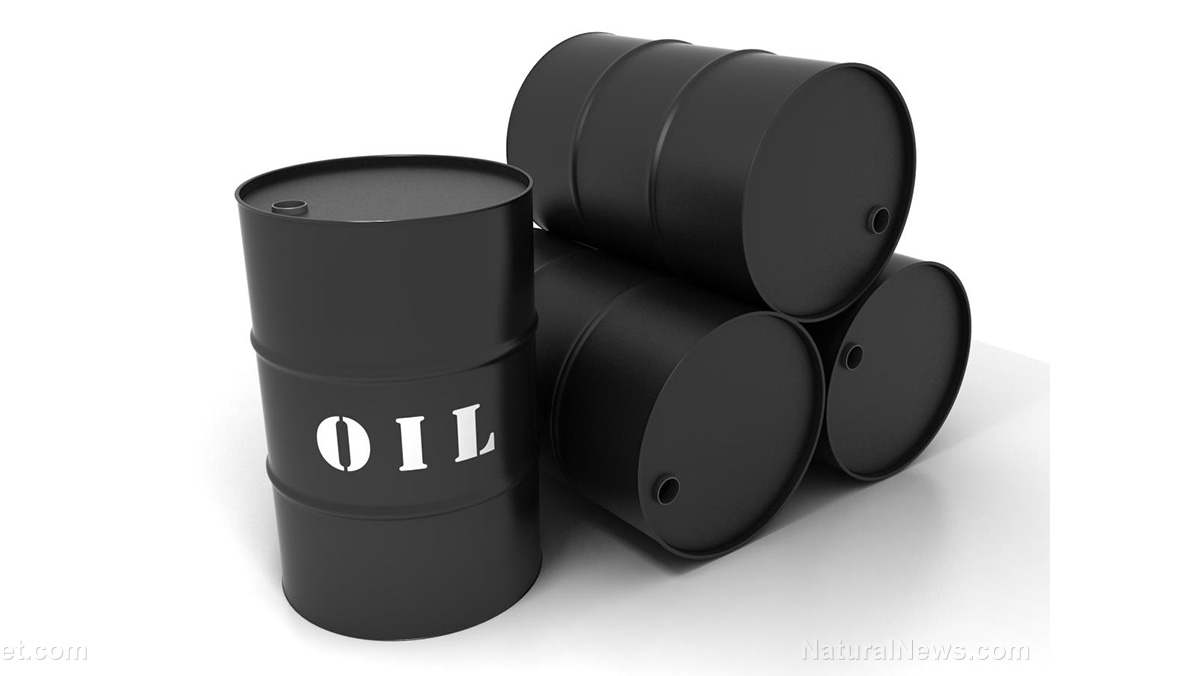 Parler
Parler Gab
Gab
- Russia has launched a massive, coordinated attack on Ukraine's gas facilities, moving beyond power plants to directly target the country's ability to produce its own gas for heating and industry. This forces Ukraine to seek expensive international imports to avoid a crisis during the upcoming winter.
- The assault is a significant strategic escalation, with over 300 drones and missiles causing substantial damage. Russia admits the strikes are retaliation for Ukrainian attacks, highlighting a dangerous new phase of using energy security as a primary weapon.
- Ukraine faces a severe energy shortage, with its own gas production crippled.
- In response, the geopolitical landscape is shifting, as President Donald Trump's relationship with Putin has grown more hostile. High-level Ukrainian officials are meeting with U.S. weapons manufacturers to discuss advanced arms, like Tomahawk cruise missiles.
- The potential transfer of such long-range missiles would be a major escalation, as they could reach Moscow and other major Russian cities. Russia has warned that this would rupture ties with Washington, raising the risk of a direct and explosive confrontation between major powers.
A chilling shift: Trump's growing hostility toward Moscow
Amid this energy warfare, the geopolitical landscape is showing notable shifts, particularly concerning the relationship between the United States and Russia. President Donald Trump, who is scheduled to meet with Zelensky on Friday, has exhibited a recently hardened stance toward Moscow. His relationship with President Vladimir Putin has grown visibly more hostile, marked by mounting frustration with the Kremlin's actions and a concurrent expression of sympathy for Ukraine. This cooling rapport coincides with high-level Ukrainian engagements in Washington. Senior Ukrainian officials this week met with representatives from major U.S. weapon manufacturers, including Raytheon, the producer of the long-range Tomahawk cruise missile. According to sources, Zelensky is also set to meet with arms makers to discuss the timeline for potential deliveries, pending a clear "political signal" from the White House. The potential transfer of Tomahawk missiles to Ukraine represents a dramatic escalation in Western military aid. For the first time, such weapons would place Moscow and other major Russian cities within the range of Ukrainian missile fire, fundamentally altering the strategic calculus of the war. Russia has already issued a stark warning, stating that sending Tomahawks would rupture its ties with Washington and trigger further, unpredictable escalation. Despite this, the consideration of such a move signals a new willingness in certain U.S. circles to directly challenge Russian red lines, with one source noting any arsenal sent would be "enough for Putin to feel it." As Ukraine scrambles to secure both the energy to survive the winter and the advanced weapons to continue its fight, the conflict is entering a perilous new chapter. Russia's direct targeting of gas infrastructure threatens a humanitarian crisis, while the prospective arrival of game-changing Western missiles risks provoking a direct and explosive confrontation between major powers. The coming weeks will test the resilience of Ukraine and the resolve of its allies in the face of an increasingly brutal and unpredictable war. Watch this clip about the possible transfer of American Tomahawk missiles to Ukraine. This video is from The Prisoner channel on Brighteon.com. Sources include: YourNews.com Reuters.com TheGuardian.com BrightU.ai Brighteon.comLandmark study exposes AI chatbots as UNETHICAL mental health advisors
By Ava Grace // Share
Putin warns of “staggering” response if Ukraine uses U.S. Tomahawk missiles against Russia
By Belle Carter // Share
Proposed ICE tracker by Democrats could incite violence, Bondi warns
By Ava Grace // Share
Oil prices crash — Trump seizes opportunity to rebuild depleted SPR
By Willow Tohi // Share
Betrayal: Trump bets on Argentine beef as domestic producers reel
By Willow Tohi // Share
Governments continue to obscure COVID-19 vaccine data amid rising concerns over excess deaths
By patricklewis // Share
Tech giant Microsoft backs EXTINCTION with its support of carbon capture programs
By ramontomeydw // Share
Germany to resume arms exports to Israel despite repeated ceasefire violations
By isabelle // Share









